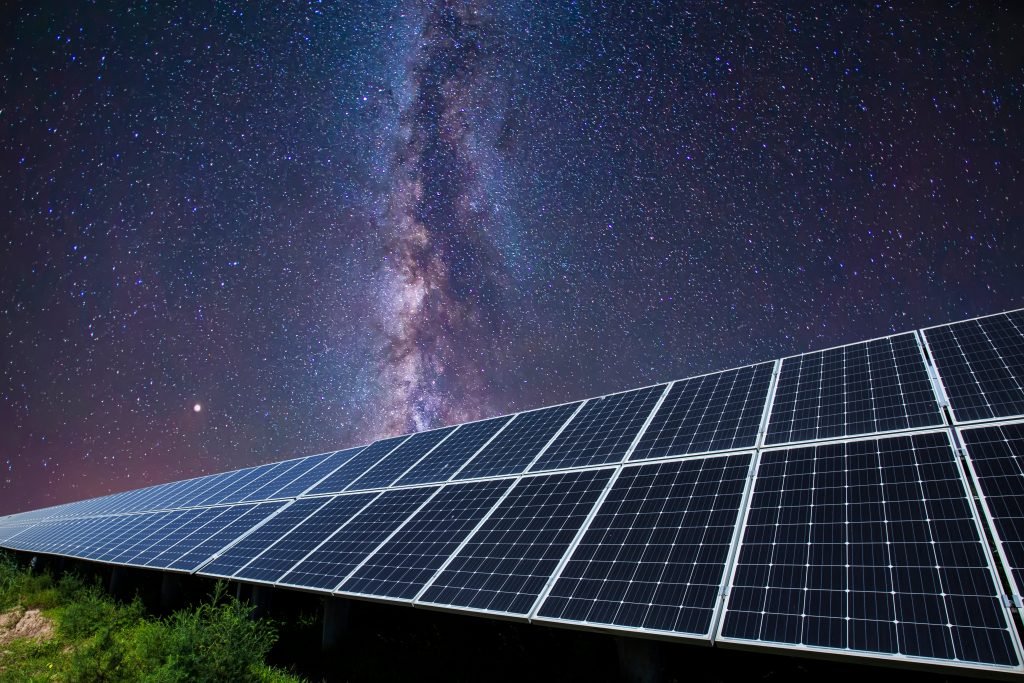THEIn a world constantly striving for energy independence and sustainable alternatives to electricity generation, one possible solution comes from science. This is what is called SBSPEnglish acronym for Space based solar power, a technology that involves the use of solar panels sent into orbit capable of absorbing energy and then sending it back to Earth. Europe is seriously considering this solution. Here’s why
How does the system work? He explains it to us in a few stepsESA, the European Space Agencybut first we cannot help but appreciate the significant advantages of this new technological frontier.
One of the benefits is that the frequency of solar radiation in space is much higher than on Earth because the atmosphere absorbs much of the light as it travels toward the ground. Other advantages are to be able to produce energy 24 hours a day and not have the problem of intermittent operation. Solar parks on our planet, in fact, only work during the day and do not perform at their best when the weather is cloudy and, obviously, at night.

Cultures
Climate change: what the new United Nations report says
Again according to the ESA:A single solar power satellite would produce about 2 gigawatts of power, equivalent to a conventional nuclear power plant, capable of powering more than a million homes. It would take more than six million solar panels on the Earth’s surface to produce the same amount.”.
So how does it work?
According to this solution, Satellites equipped with solar panels, sent into orbit, should absorb and convert sunlight into electricity. This current, in a subsequent phase, it should be transmitted to Earth via wireless technologies, which should accurately hit the photovoltaic cells. Here the electromagnetic energy will be converted back into electrical energy and thus fed into the grid.
The advantage of wireless energy transfer is that it can be transferred wherever it is needed, to Earth, the Moon, or anywhere else!
What are the challenges to overcome?
- As ESA states on its website: “to generate optimal and economically viable levels of solar energy, the necessary structures must be very large, both on Earth and in space.” So, space problems again…
- To assemble a solar-powered satellite weighing thousands of tons would require hundreds of launches, many more than were carried out to build the International Space Station. For this reason, solar powered satellites are not yet considered fully economically competitive, even if, according to the latest news, a glimmer of feasibility can be seen!
Where do we stand with this possible solution?
ESA has currently launched a preparatory initiative called Solaris which wants to prepare the ground for 2025, when Europe will have to decide whether the future of energy supplies will be in the hands of Space Solar Energy. At present, the main objective is to undertake studies that can determine the technical, political and programmatic feasibility as well as assess the environmental, health and safety impacts.
The aim is obviously to ensure that Europe is the driving force in the fight for clean and scalable energy solutions.
Federica Gasbarro works with The Wom independently and is in no way associated with the advertisements that may appear in this content.

